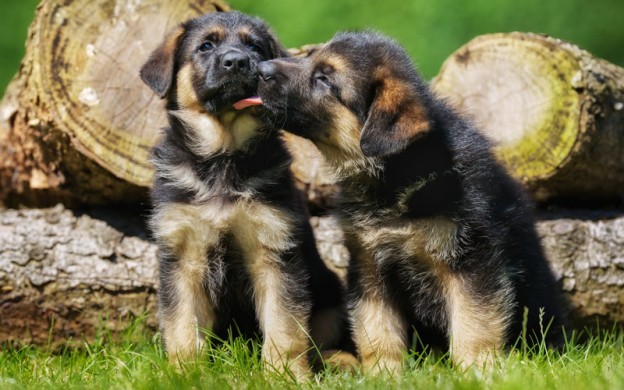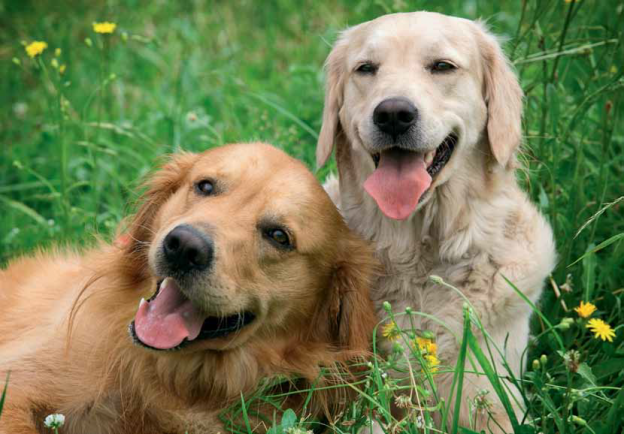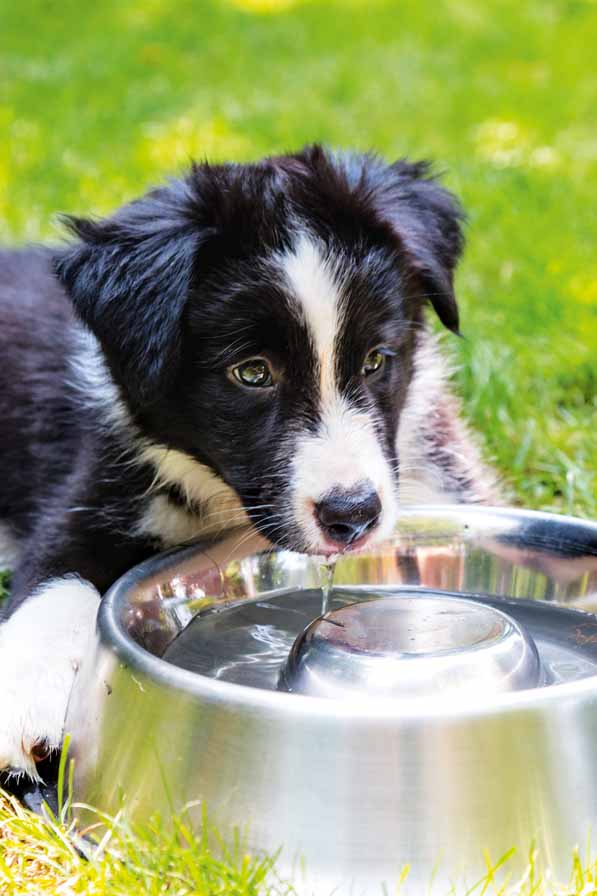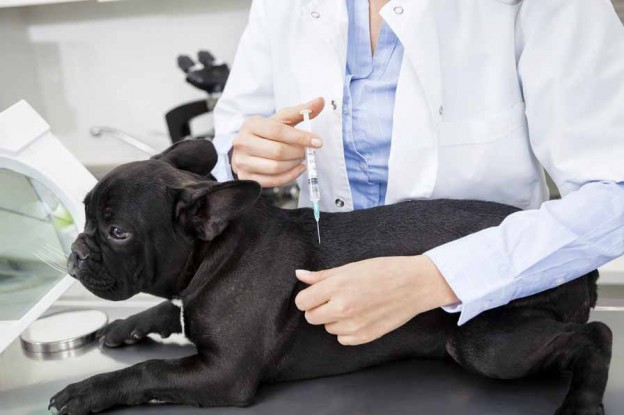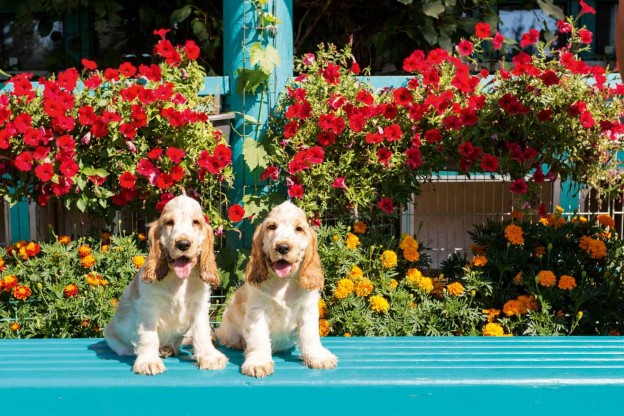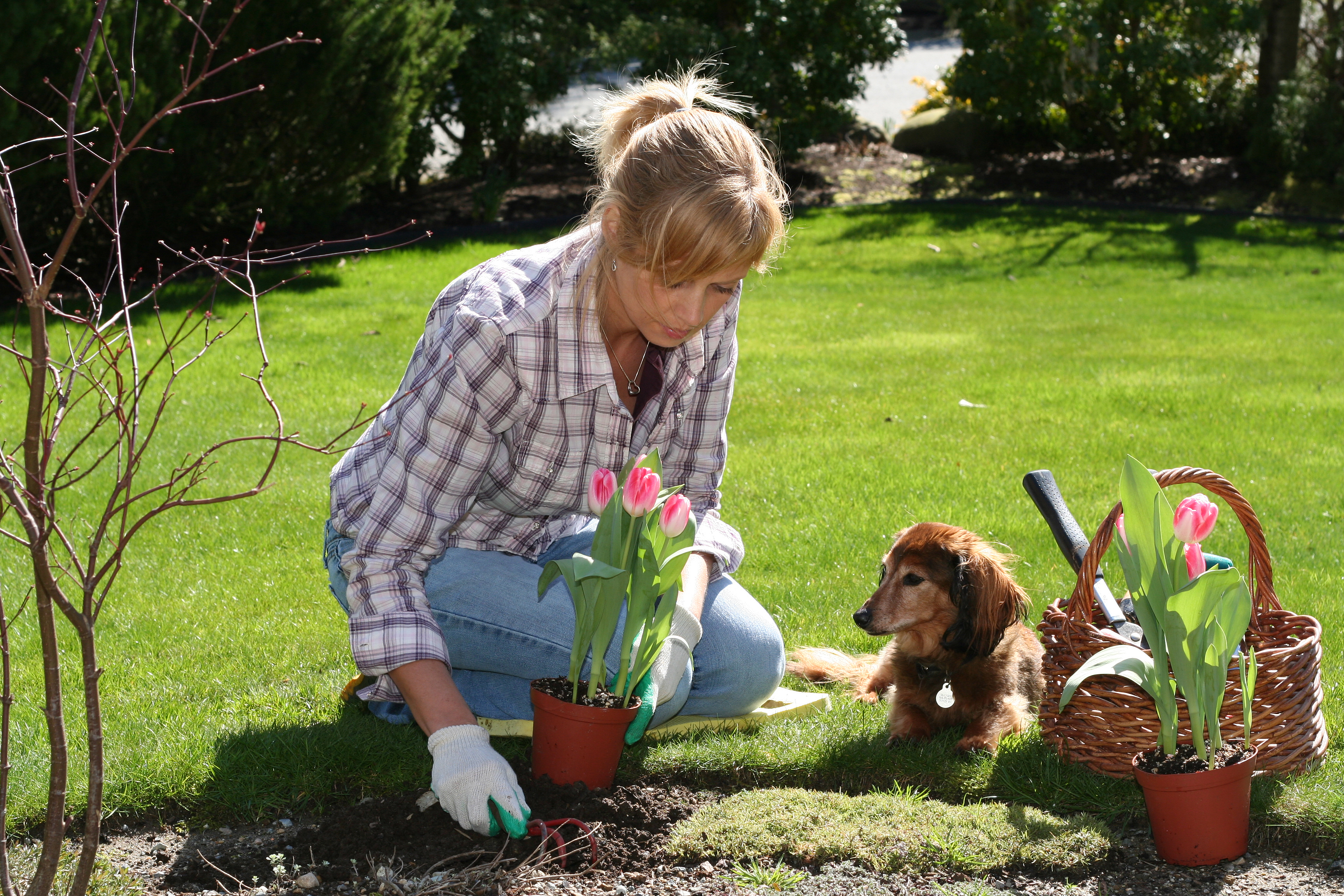
Enjoy the look of lilies in a vase or azaleas on your kitchen windowsill? Be careful, these and many others are plants toxic to dogs. Kylie Baracz reports
Our pets have easy access to a variety of plants around our homes and gardens, but fortunately few plants are actually toxic.
According to Dr Andrew Kapsis, head veterinarian at inpatients at Lort Smith Animal Hospital, the most frequently reported plants causing serious toxicity in pets include the lily, azalea, daffodil, oleander, sago palm (cycad) and kalanchoe.
“While lilies are extremely poisonous, causing renal failure in cats, it is unknown whether the toxin in this plant is poisonous to dogs,” says Dr Kapsis.
When checking your garden for noxious plants, don’t forget about your veggie garden — onions, garlic, macadamia nuts and grapes/raisins are also poisonous to our pets.
“It is important to know that any part of the plant is potentially toxic, eg stem, leaves, pollen, fruit, and roots,” says Dr Kapsis. “Also, wandering jew is a common weed in gardens and is notorious for causing contact allergic skin reactions in dogs.”
Treating toxic plant exposure
If you feel that your pet may have had a taste of one of the toxic plants mentioned above, make sure you monitor them for signs of exposure, says Dr Kapsis.
“Most plant exposures in dogs result in mild non-specific signs, which include vomiting, diarrhoea, salivation, inappetence [loss of appetite] and lethargy,” he says. “However, some garden and household plants cause serious signs or death when just a small amount of the plant is ingested.”
These serious signs include damage to the:
• liver
• kidney
• heart
• central nervous system.
If your dog shows any of these signs, it is best to take him straight to your local vet.
“Animals that have ingested a toxic plant require urgent veterinary treatment. Treatment is supportive, as there a few antidotes available for plant toxicities,” says Dr Kapsis.
What plants are safe?
Many plants are in fact safe around pets, according to Dr Kapsis.
“Nurseries will often tell us how to water and how much sunshine a plant needs, but rarely tell us if the plant is pet-safe,” he says.
To find out which plants are safe, visit the ASPCA website, which features an excellent reference list www.aspca.org/pet-care/animal-poison-control/toxic-and-non-toxic-plants


